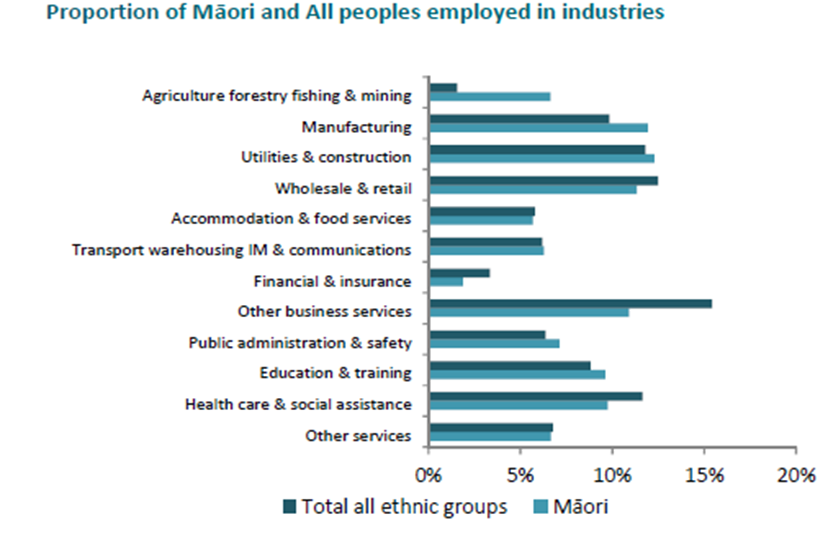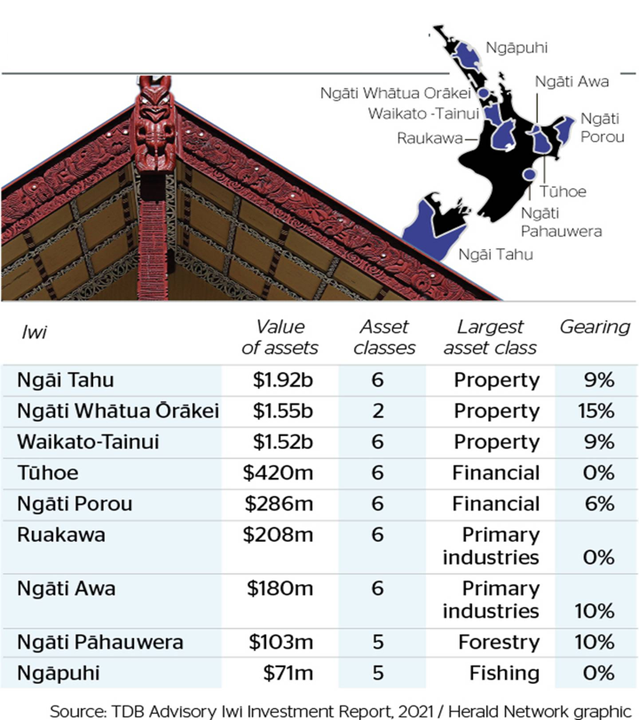These principles have been adapted to general robotics for both the industry and research to better assist the industry to acknowledge Te Tiriti o Waitangi. If creating robotics for health, then there are nationally agreed Te Tiriti principles for health that should be used in stead.
For researchers, these principles can be used as a guide for grant applications to meet Vision Mātauranga Māori and other criteria; for developers as a high level guide to ensure that your robotics work will be culturally safe and recognises Te Tiriti o Waitangi.
If your robotics project is using Māori Data, then please use the Māori Data Sovereignty Principles in addition to these.
At this stage, community consultation is still being undertaken about AI from a te Ao Māori perspective.
Legal and constitutional considerations of Māori and Te Tiriti with robotics?
- He Whakaputanga/The Declaration of the Independence of New Zealand (1835) – New Zealand’s first constitutional document giving rangatiratanga among other rights to Māori.
- Te Tiriti o Waitangi 1840 – A legally binding treaty with the Crown and Māori.
- The Treaty of Waitangi Act 1975 – Legislation binding the Crown to honor Te Tiriti and He Whakaputanga
- Māori Language Act 1987: repealed, by section 48 of Te Ture mō Te Reo Māori 2016/the Māori Language Act 2016 – Making Māori Language an official language of New Zealand.
- United Nations Declaration on the Rights of Indigenous Peoples 2007 – Recognising Indigenous Peoples Rights
- New Zealand Common Law in its judgement Peter Hugh McGregor Ellis v R [2022] NZSC 115, 07 October 2022 – Recognising that Tikanga Māori (Māori customary lore) is New Zealand’s first Common Law.
- Wai 2522 – A Tribunal Claim and decision about the digital CPPT TTPA that ruled Māori Data is a Taonga.
- WAI 262 – Māori Intellectual Property Rights claim
Societal considerations of Māori and Te Tiriti with robotics?
It is a fact that automated robotics will replace many manual labour jobs. In New Zealand, Māori are statistically over represented in the manual labour sector. Applying these robotics Te Tiriti principles will ensure better societal and long term financial outcomes.

Commercial incentives to consider te Ao Māori
- Over the last twenty years, around 70 iwi have reached Treaty settlements with the Crown. The settlements total around $2.4b
- Māori economy in June 2022 is about $70 billion
- In 2020 Te Puni Kōkiri identified more than 10,000 Māori businesses in NZ
Iwi asset base
Iwi assets of only 9 Iwi alone in 2021 were valued at over 6 billion, with iwi being a substantial investor in many industries that will benefit from robotics.

Māori Population Statistics
- Māori ethnic population was 875,300 (17.1 percent of national population). StatsNZ
- Ngāpuhi – 125,601 (in 2013) – based in the Northland Region
- Ngāti Porou – 71,049 (in 2013) – based in Gisborne and East Cape
- Ngāti Kahungunu – 61,626 (in 2013) – based on the east coast of the North Island
- Ngāi Tahu – 75,000 (in 2022) – based in the South Island
- Waikato Tainui – 80,000 (in 2022) – based in the Waikato Region
Tiriti Principles
Tino rangatiratanga: The guarantee of tino rangatiratanga, which provides for Māori self-determination and mana motuhake in the design, delivery and services of robotics.
Equity: The principle of equity, which requires the robotics designers to commit to achieving equitable outcomes for Māori.
Active protection: The principle of active protection requires robotics designers to ensure that robotics are not appropriating Māori culture and will contribute to Māori societal needs and Tiriti obligations.
Options: The principle of options, the robotics designers are obliged to ensure that all robotics and their services are provided in a culturally appropriate way that recognises and supports the expression of Māori culture.
Partnership: The principle of partnership, which requires the robotics designers and Māori to work in partnership in the governance, design, delivery, and monitoring of robots and their services.


Leave a Reply
You must be logged in to post a comment.